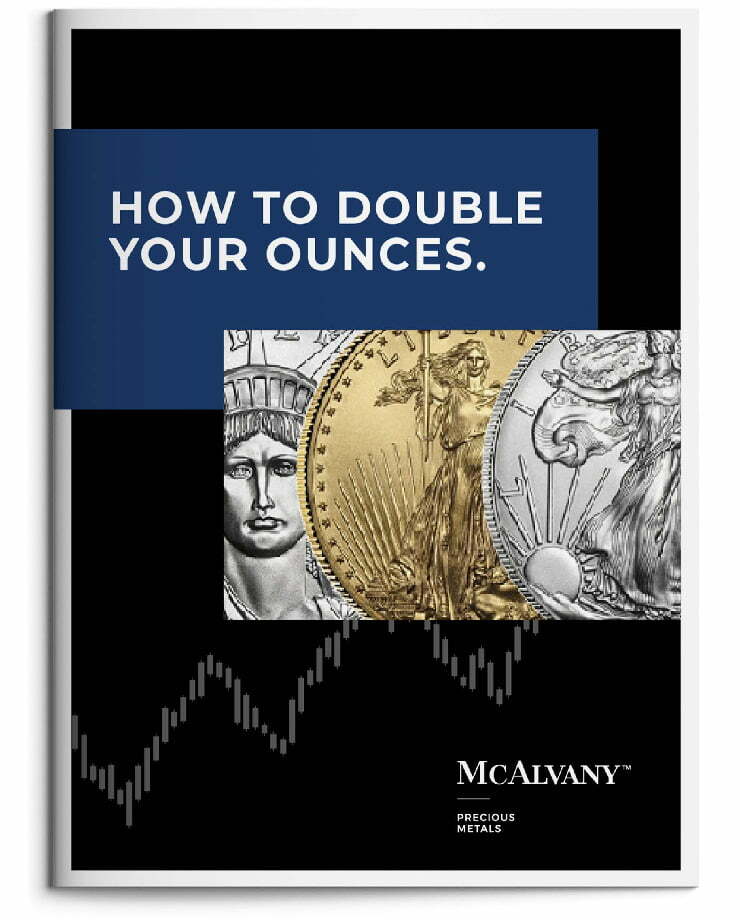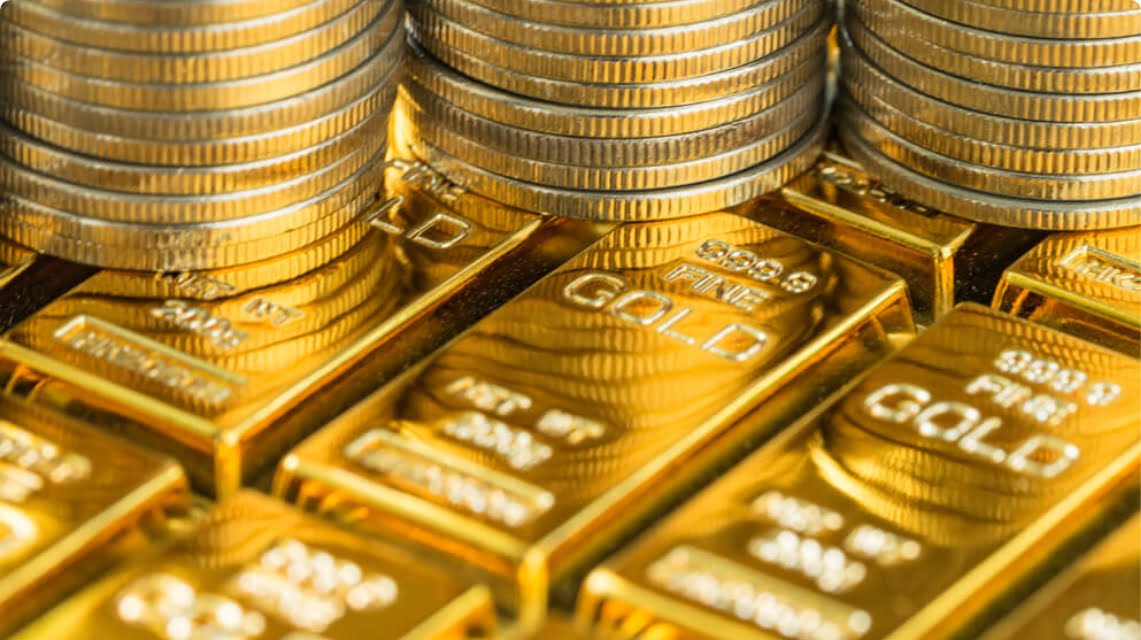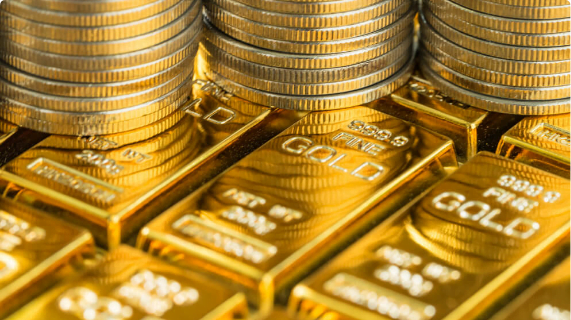Soon to Reignite
From the standpoint of major new macro news, this week can certainly be described as the summer doldrums. In fact, for this author, the most important development was clearly the positive start to the second quarter earnings season for the precious metals companies.
On Thursday, the world’s largest gold miner was the first North American major to report results. Those results amounted to a record $1.7 billion in free-cash-flow for a 188% year-over-year increase. Not bad.
It was also an indication that the better than 39% increase in the gold price from the second quarter of 2024 to Q2 this year is likely setting up a record quarter for the sector as reporting continues over the coming weeks.
As HAI has mentioned repeatedly, these gold miners are the prime beneficiaries of the higher gold prices that are resulting from a silent monetary regime change decades in the making.
The seeds of the unfolding global monetary regime change were planted in 2009. China has been very open about its intentions for a new monetary system for 16 years.
In a March 2009 letter to the Bank for International Settlements (BIS), the Chairman of the People’s Bank of China (PBOC), Zhou Xiaochuan, openly advocated for international monetary system reforms centered around a super-sovereign neutral reserve asset that floats in all currencies.
In a note titled, “Reform the International Monetary System,” Xiaochuan wrote that, “The desirable goal of reforming the international monetary system, therefore, is to create an international reserve currency that is disconnected from individual nations and is able to remain stable in the long run, thus removing the inherent deficiencies caused by using credit-based national currencies.”
He continued, “The acceptance of credit-based national currencies as major international reserve currencies, as is the case in the current system, is a rare special case in history… And when a country’s currency is no longer used as the yardstick for global trade and as the benchmark for other currencies, the exchange rate policy of the country would be far more effective in adjusting economic imbalances.”
Then, in November of 2013, the PBOC announced publicly that it was finished with new net purchases of U.S. Treasuries to serve as reserve assets. According to a November 2013 Bloomberg article titled, “PBOC Says No Longer in China’s Interest to Increase Reserves,” The People’s Bank of China said “the country does not benefit any more from increases in its foreign-currency holdings, adding to signs policy makers will rein in dollar purchases…”
Then, in June 2015 at a London Bullion Market Association (LBMA) event in Singapore, a PBOC representative explicitly outlined the blueprint for a break from the old petrodollar system toward what former Goldman Sachs head of commodity research has since called the new “gold recycling” system.
In a presentation titled, “World Needs New Reserve Currency,” Dr. Yao Yudong of the PBOC said, “The gold market and Shanghai Gold Exchange International (SGEI) are vital to the internationalization of CNY [Chinese currency]… The key function of an international currency is trade invoicing for commodities like oil and gas… We would like to increase usage of CNY in trade invoicing by using gold.”
China’s aims for a new monetary order are working. The increasing use of gold, monetarily, for net settlement of local currency trading of oil, gas, and commodities in order to avoid the U.S. dollar-based petrodollar system is remonetizing gold as the preferred neutral reserve asset internationally.
The Western institutional investment community continues, slowly, to figure this out. The latest evidence of that this week was from Paul Wong, Strategist at Sprott, elaborating on global dedollarization and ongoing strong global gold demand.
As Wong put it, “Today, what we’re seeing is a movement towards a multi-asset reserve system with gold as a key component of that… Right now, gold has climbed to about 25% of central bank reserves, up from about 10%-12% range near the lows.”
These monetary regime-change dynamics are, alone, a major bull-market maker for gold. And based on the World Gold Council’s latest annual Central Bank Gold Survey, in which an overwhelming 95 percent said they believe central bank gold reserves will increase over the next year, we can fully expect that move towards gold to continue.
But, in HAI‘s view, with the powerful “new-regime” drivers of bull-market maker number one remaining firmly in place, we’re now poised for bull-market-maker number two—the Western flood into gold. HAI expects that flood into gold as Western institutional investors better understand not just the dynamics breaking the petrodollar system, but also that Western policymakers are now, very likely, about to use the oldest government policy trick in the book to de-lever the Western sovereign balance sheet—inflate the debt away.
That means policies to run inflation hot along with yield-curve suppression tactics (to keep interest expenses manageable) are increasingly likely—and soon.
While the gold price continues to consolidate the outsized gains of the last 18 months inside of a now three-month bullish symmetrical wedge pattern, in HAI‘s view, with price now holding at over $3,300/oz, we appear increasingly close to an upside breakout and the next leg higher in this gold bull.
This week, new rally highs were recorded intraweek for the gold miners, silver, platinum, palladium, and copper. While we certainly could see more volatility short-term, HAI views the recent resilience in gold along with the new highs throughout the precious metals sector and copper as strong indicators that gold’s rally is soon to reignite.
Weekly performance: The S&P 500 was up 1.46%. Gold was off 0.42%, silver was nearly flat, down 0.03%, platinum was off 1.33%, and palladium was off 2.06%. The HUI gold miners index was up 5.07%. The IFRA iShares US Infrastructure ETF was up 1.96%. Energy commodities were volatile and down on the week. WTI crude oil was down 3.37%, while natural gas was off 13.23%. The CRB Commodity Index was down 1.26%. Copper was up 4.2%. The Dow Jones US Specialty Real Estate Investment Trust Index was up 1.79%. The Vanguard Utilities ETF was up 0.86%. The dollar index was down 0.83% to close the week at 97.67. The yield on the 10-yr U.S. Treasury was down 3 bps bp to close at 4.39%.
Have a wonderful weekend!
Best Regards,
Morgan Lewis
Investment Strategist & Co-Portfolio Manager
MWM LLC















